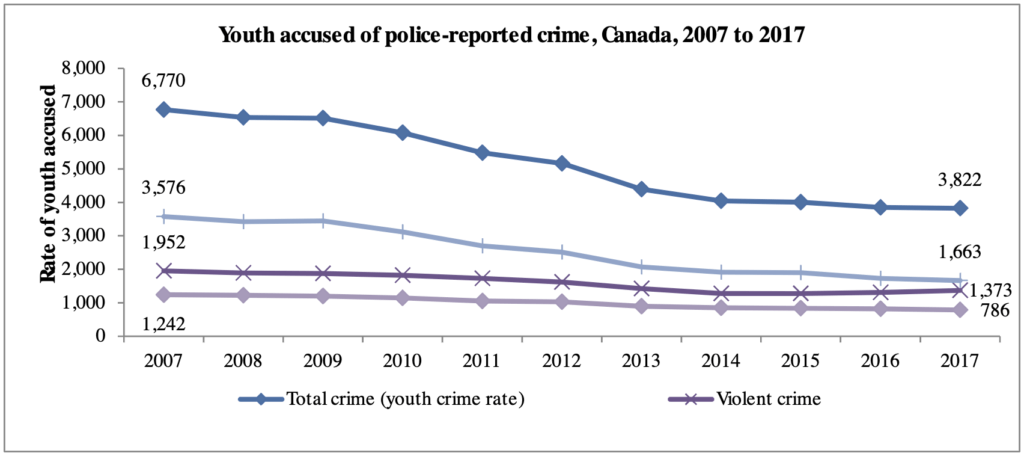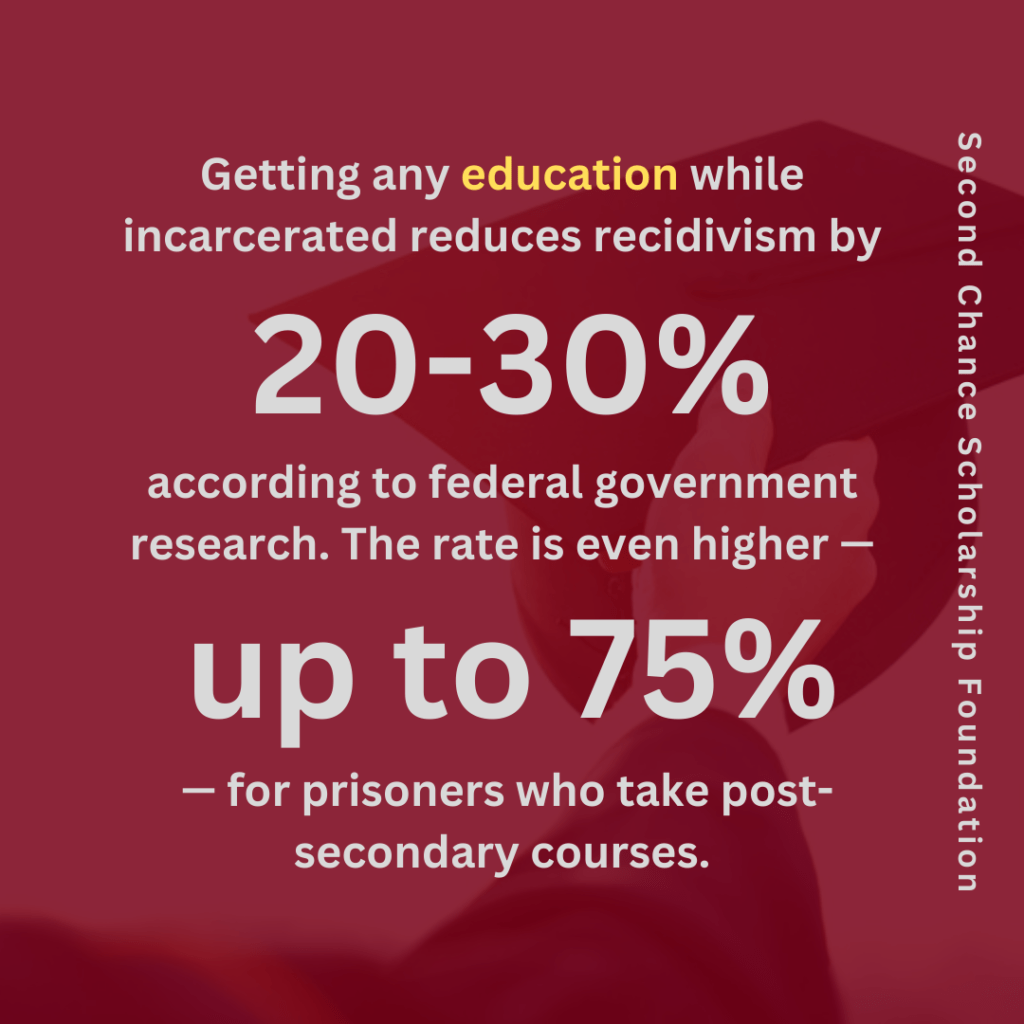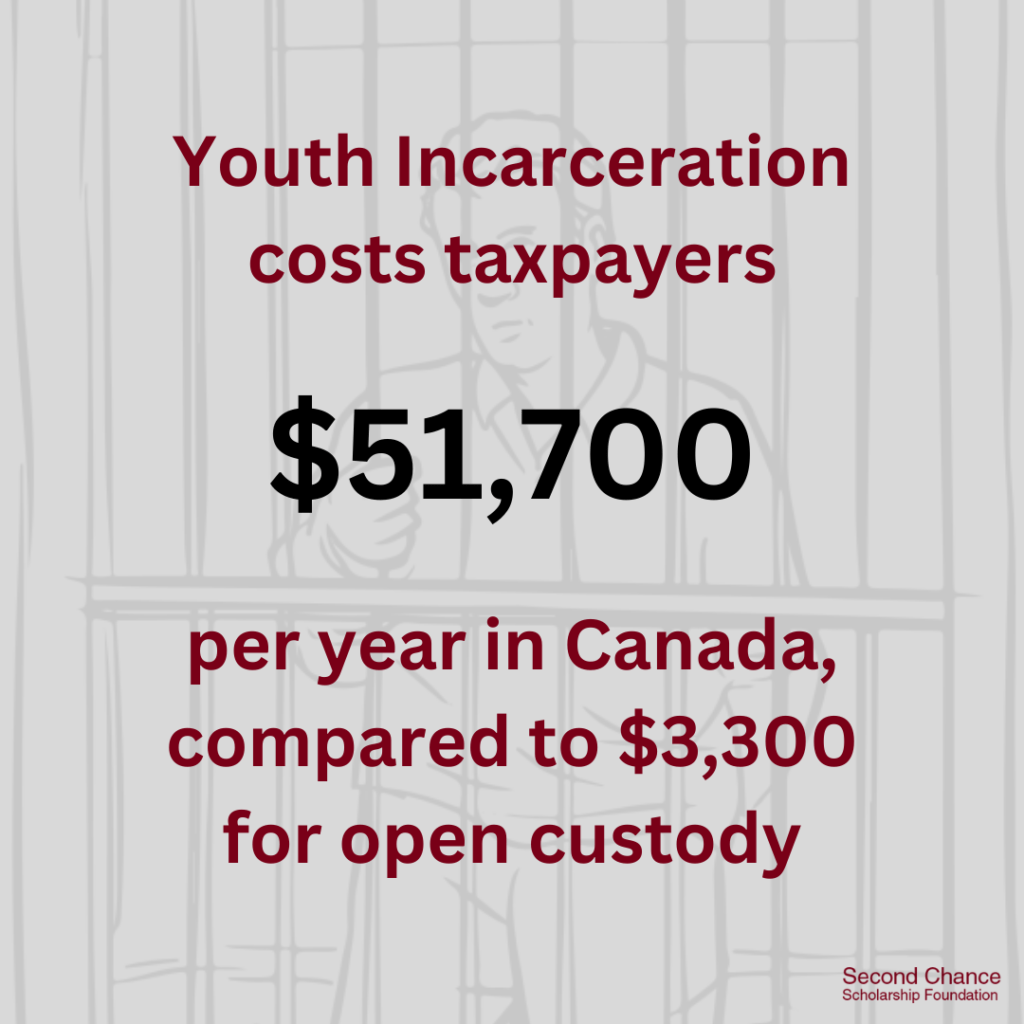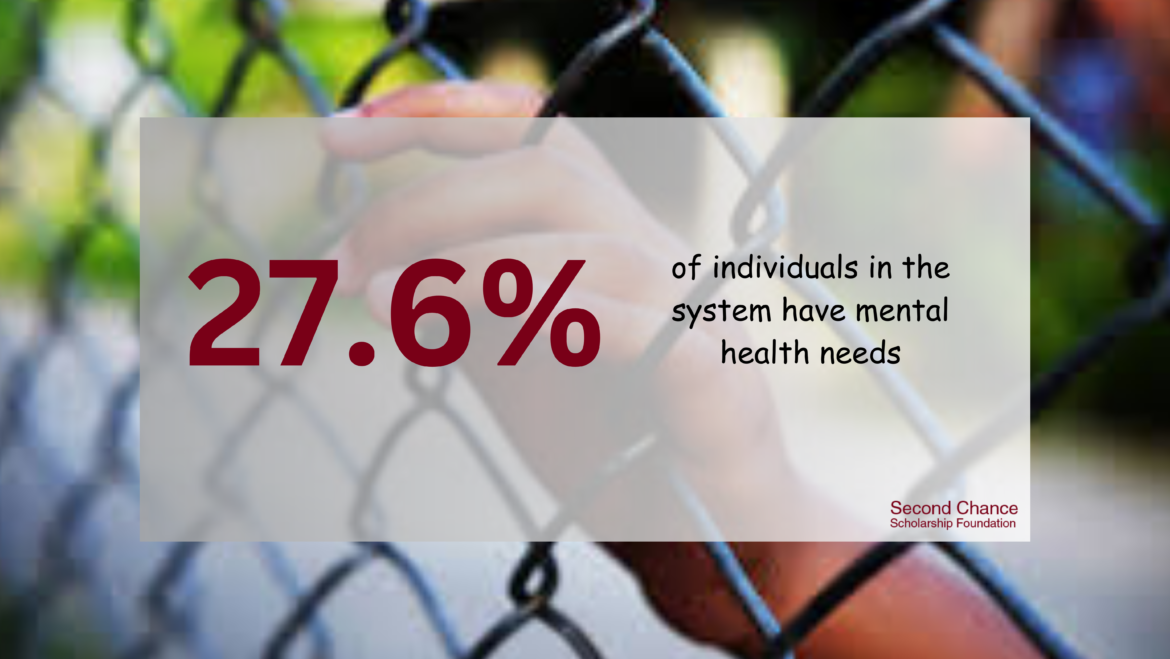Why is youth incarceration a failure of society and community?
The evidence leaves no doubt that youth incarceration fails us as a measure for protecting the public and rehabilitating youth. It impedes healthy brain development, can lead to several mental health disorders and is linked to shorter life expectancy. In fact, several policy and programmatic alternatives are available, which achieve better results and cost less. These can help boost success for youth and help reduce delinquent conduct.
Statistics Canada released data indicating a significant decrease in the number of incarcerated youth during the pandemic. The average count of young individuals in various forms of custody, encompassing pre-trial detention and sentenced custody, declined by over 40%, falling from 795.2 in 2017-18 to 459.2 in 2021-22. During the same period, there was a notable reduction in the severity of youth crime. Overall youth crime severity decreased by 65%, with violent youth crime severity dropping by 30.7%, and non-violent crime witnessing a substantial decrease of 78.7%. It shows that decarceration does not increase crime severity among youth.

Let’s dive deeper into some of the damage caused by incarceration.
Incarcerated Youth Face Lasting Damage
Incarceration does not reduce delinquent behaviour. In fact, more often than not, it leads to recidivism, when compared to community alternatives and probation. Youth incarcerated during adolescence are more likely to meet criteria for alcohol dependence and abuse. Recidivism in the Criminal Justice System report from 2020, by the Government of Canada revealed some astonishing facts about youth incarceration and recidivism. Incarceration consistently shows higher recidivism, convictions, new adjudications and rearrest among youth released from correctional facilities. The initial decision of youth incarceration in detention facilities, pending court decisions, increases the chance of involvement in the justice system.
Education for Ontario Youth in Detention, a report by the Canadian Civil Liberties Association notes that there are no well-established, centralised standards for educational programming specifically tailored to youth in detention, despite the existence of regulatory requirements for all public schools within the province. This is long-term damage and directly impacts career success. When it’s difficult to make ends meet, crime may seem a lucrative solution to many. The school re-enrolment rates are much lower, as is college re-enrollment. This is where The Second Chance Scholarship Foundation helps these youth.

While it varies among individuals, research links incarceration to mental health and mood disorders. These include bipolar disorder and major depressive disorder. Youth incarcerated for as short as less than a month have high rates of adult depression compared to their peers who were not incarcerated. PTSD and physical challenges like injuries, acute illnesses, and hearing, vision and dental problems are much more common. In the 2014-15 period, the Correctional Service of Canada reported that 27.6% of individuals in the system had mental health needs, as documented by Sapers and Zinger in 2016.
Lastly, black and other people of colour disproportionately experience the negative impact of incarceration. The disproportionate representation during early stages in the justice system has a snowball effect and is often attributed to biassed decision-making.
Youth Incarceration Hinders Development & Fails to Improve Behaviour
There’s additional research on trauma and adolescent brain development. It further strengthens the point that in most delinquency cases, incarceration is the wrong response. Risky behaviour and not abiding by law is more common during adolescence. It is because the brain fully matures by the age of 25.
Psychological maturity is tied to the ability to end delinquency behaviour. It includes impulse control, weighing consequences of their actions, resisting peer pressure, delaying gratification and considering alternate perspectives. However, youth incarceration can hinder positive behaviour change and delay psychological maturity.
There are signs of post-traumatic disorder in up to 50% of the youth in secure custody. Individuals involved in the system are more likely to have suffered childhood trauma. Exposure to such trauma can further impede healthy development of the brain. Thus, reducing the ability to self-regulate and increasing risk of delinquent behaviour. When surveyed, there’s a consistent reporting of high levels of abuse and violence during confinement, among incarcerated youth.
How to Reduce Youth Incarceration?
Juvenile justice policy reforms and alternatives to confinement can help reduce youth incarceration. Moreover, incarceration is a public burden. Compared to $3,300 for open custody, youth incarceration costs taxpayers $51,700 per year in Canada.

Intervention is key. Wraparound programs, assigning care coordinators to work with at-risk youth and their families can help address and identify individual needs. Credible messengers is another program where adults with experience in the justice system can help at-risk youth in their neighbourhoods. Such alternatives help develop more positive values and attitudes. Employment focused programs and vocational courses can additionally help garner the interest and attention of at-risk youth, steering them clear of trouble.
Policy and practice reforms within the justice system can help too. Probation and similar community-based sentencing should be focused on. These are highly relevant, especially in cases of delinquency and misdemeanour.
You Can Help!
A reform in the justice system is necessary at this point. Yet, it’s a long road of education and awareness.
You can help reform the lives of individuals who have already been in the system. Education is the solution and we need your help. Donate to give a Second Chance to someone who slipped and fell at some point. Help them get up, dust off their past mistakes and re-enter society with dignity. Donate today!
Subscribe for updates from the blog.


1 Comment
Amazing facts and there’s surely room for improvement in the system.
Add Comment